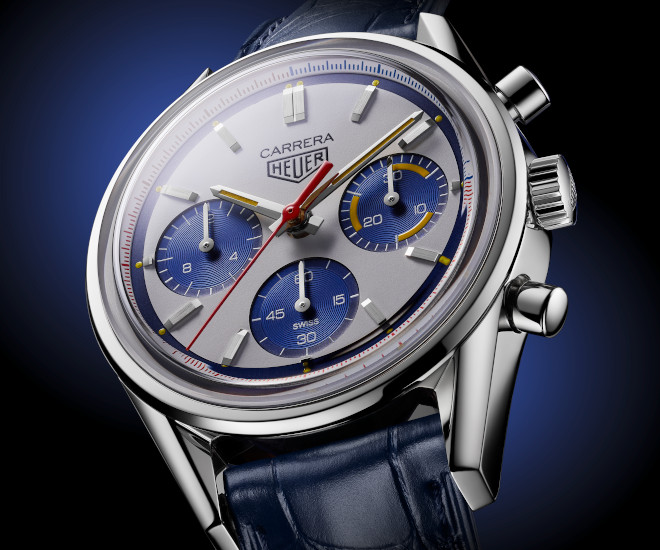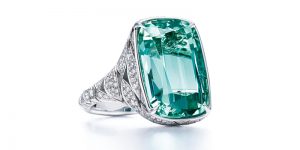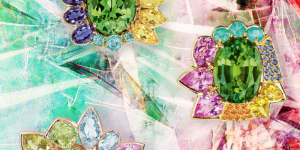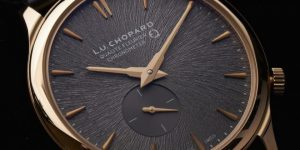Jewelry Guide 1: Spinels
With the gem’s recent stratospheric rise in popularity and esteem with jewelers, it is high time to showcase its illustrious history and bedazzling beauty.
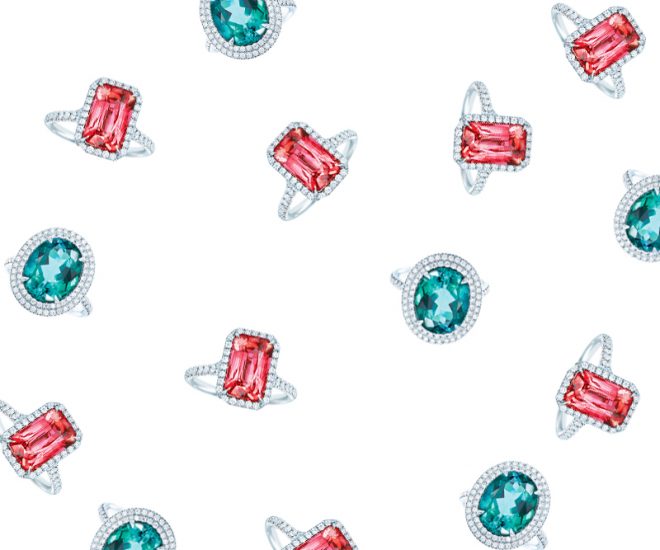
Both tourmalines and spinels come in a kaleidoscope of hues and were venerated as imperial stones, but somehow still rank low in consumer awareness. We present WOW Jewellery‘s take on the Spinel this Saturday, February 6, to find out more about the Ruby’s Royal sibling.
A decade ago, you’d be hard-pressed to find showpieces featuring spinels and tourmalines in fine jewelry stores, much less the major international maisons. The tide has changed, especially in the past five years. Today, it would be surprising today to see the absence of the two gemstones in the high jewelry collections of eminent brands. Tourmaline is the new darling of the industry, while the rarer spinel still makes a regular appearance – for good reason, as these gems have a lot going for them.
Both are durable, brilliant, and relatively affordable; come in a cornucopia of colors; and boast a royal heritage and cultural significance many other gems can only dream of. Esteemed fine jeweler Caratell is one Singapore firm that has featured spinels and tourmalines strongly, and imaginatively as three-dimensional art pieces, in its recent collections. With insight from Caratell’s managing director Michael Koh, also a jewelry designer and trained craftsman with over 20 years of experience in the trade, we break down the various factors that make the the spinel (and in part 2, the tourmaline) so appealing and worth your money.
The Brief
The spinel, which has a hardness of 8 on the Mohs scale, comes in a rainbow spectrum of colors ranging from intense ‘stop light’ red and hot pink, to all shades of blue and purple, to even grey and black. The most precious hues, according to Koh, are those as red as ruby from Burma’s famed Mogok Valley; and as blue as sapphire, especially the amazing color of Vietnam’s Luc Yen mine cobalt blue spinel. And by cobalt blue, it refers solely to the colour and not the trace element cobalt. The spinel also occurs in Sri Lanka, Tanzania, Tajikistan, Madagascar, and Cambodia.
One of the signature properties of the spinel is that it is singly refractive – light enters the crystal and only bends in one beam (instead of splitting into two), so it tends to be more brilliant than the sapphire and ruby, says Koh. The spinel, diamond, and garnet are the only few better-known gems that are singly refractive.
The Jeweler’s Take
“The spinel’s good hardness allows for daily use; it has excellent fire and beauty that is worth admiring; and it is not over-abundant unlike quartz and amethyst. It is also one of the gemstones that requires little or no treatment, unlike rubies and sapphires, which are almost 90 per cent heat-treated. A good spinel with a good color and size are hard to come by, yet it is not as costly as ruby. There is a saying that if life is fair, the spinel should be worth more than the ruby,” adds Koh.
The History
Red spinels have been mistaken for rubies since antiquity, as both look alike and were found in the same regions. It is not until modern times that technology advancements in gemology could differentiate the two.
Says Koh, “During the medieval period, red spinel was known as Balas ruby, with the name Balas deriving from an ancient word for Badakhshan, a province in the north of Afghanistan. Based on historical accounts, Badakhshan mines were the source of many of the finest early rubies and red spinels. Many famous ‘rubies’, such as the 170-carat Black Prince Ruby on the Imperial State Crown of England and the 352.5-carat Timur Ruby, were later discovered to be spinel.”
The Insider’s Tip
According to Koh, a good investment-worthy spinel must have the right hue, tone, and saturation. The preferred color would be ruby-red or the cornflower blue of sapphires, while stones with a tint of grey or brown are not favored. Although four to five carats would be a good size, he says a Burmese red spinel of more than 10 carats is more easily available than a two-carat cobalt blue spinel from Vietnam.
The cut has to bring out the best of the gem, but it shouldn’t be too deep where the top face may not represent its carat weight, nor too shallow that it is see-through. A fine spinel also has to be free from any kind of treatment. It is not common for the spinel to exhibit color change properties, but there are some that change from blue to purple, which make them highly sought-after.
Check back tomorrow for the second half of the article, covering the treasure of the orient, Tourmalines.
Story Credits
By Yanni Tan
This article was originally published in the 2015 issue of WOW Jewellery. The featured image, showcases red spinel and green tourmaline rings from Tiffany & Co.






